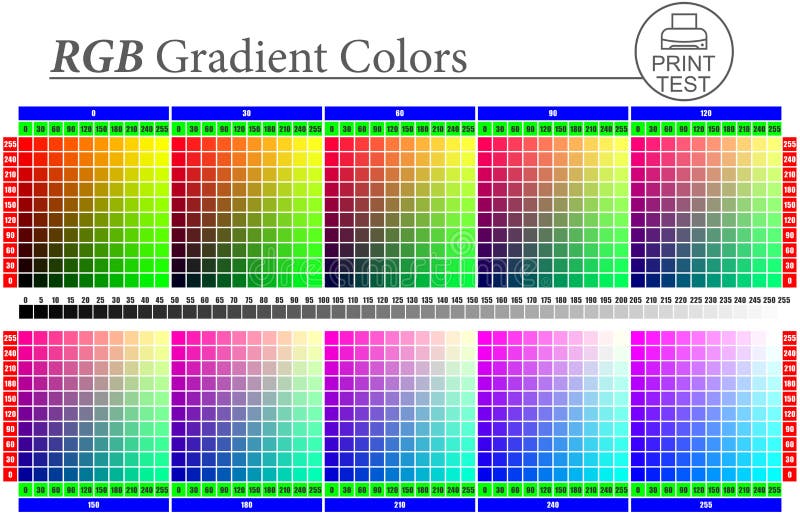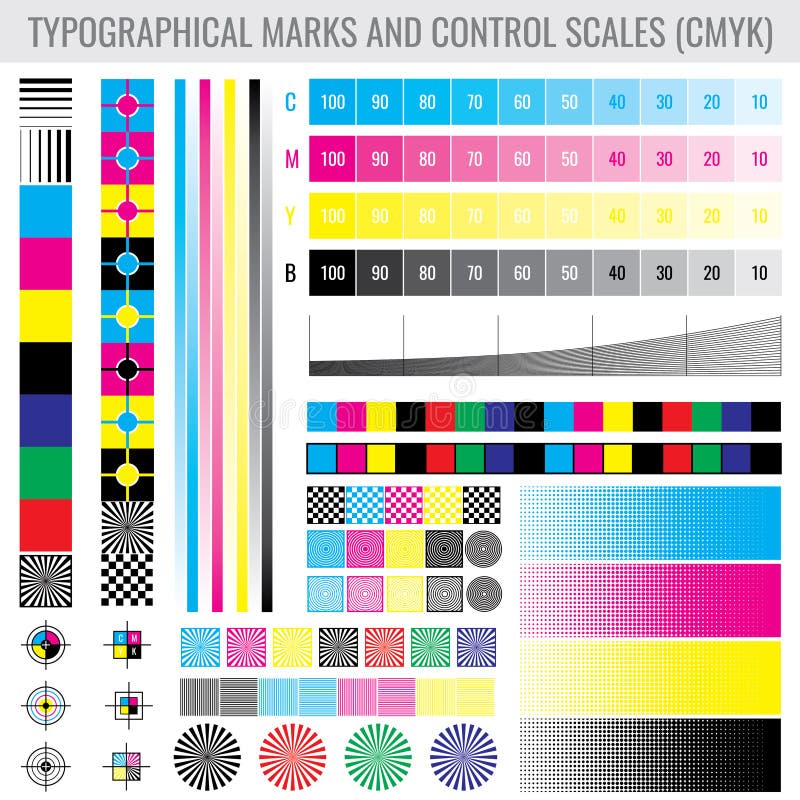

From a Python prompt, run > import Image > Image.open( scan.tiff ).split().show() to see a greyscale image formed from the blue channel's intensity. You can also try converting to greyscale, by mapping the blue channel's value to intensity: with ImageMagick, run the following command: $ convert -fx b scan.tiff grey.png You can also do this interactively in Python if you have the Python Imagining Library (PIL) installed. With ImageMagick, run the following command at a command line (represented here by the $ prompt): $ convert -channel RG -fx 0 scan.tiff blue.png This creates a new image blue.png containing only the blue channel. In the channels tab, deselect the Red and Green channels. In GIMP, go to Layers, then Channels, then Paths. Here are two ways of examining the blue channel with free/open source software: 1. A wide variety of image-processing software can perform color separations.

The dots can be seen easily by enlarging the scanned image, or by performing a color separation in software and examining the blue channel. Modifying the scanner isn't necessary, since it already has a blue light.

Scan your printed page on a color flatbed scanner at 600 dpi this makes the dots visible in the scanned image. For further information, or to share your findings, please visit us at. If you don't have the necessary equipment for a particular step, go on to the next one. In this instructable, we'll describe three different ways to see the tracking dots your printer produces: with a blue light, with a microscope, or with a scanner. These codes reveal which machine produced a document and, in some cases, when the document was printed or copied. Most color laser printers and color copiers are designed to print invisible tracking codes across every single printed page of their output.

Sounds like something from a spy movie, right? Unfortunately, the scenario isn't fictional. Imagine that every time you print a document, it automatically includes a secret code that could be used to identify the printer - and, potentially, the person who used it.


 0 kommentar(er)
0 kommentar(er)
